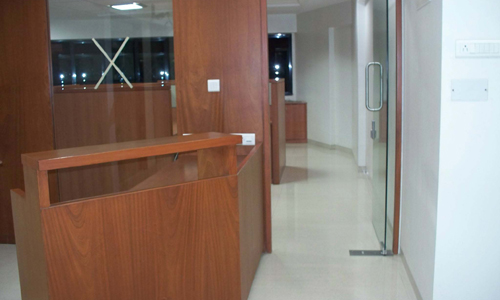
India Offices Q4 2011: Concerns remain
Cumulative take-up across India‟s seven largest cities increased by a modest 8% year-on-year (y-o-y) in 2011.

Cumulative take-up across India‟s seven largest cities increased by a modest 8% year-on-year (y-o-y) in 2011.
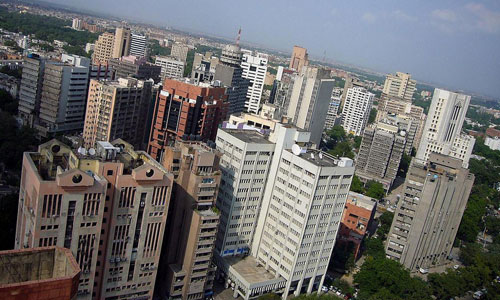
Rising cost and falling transactions are taking their toll on the property market in both the Delhi-NCR and Mumbai.

With the market set to bottom by out by the second quarter of 2012, we will see the beginning of a recovery in the city’s residential real estate fortunes by the second half of the year.
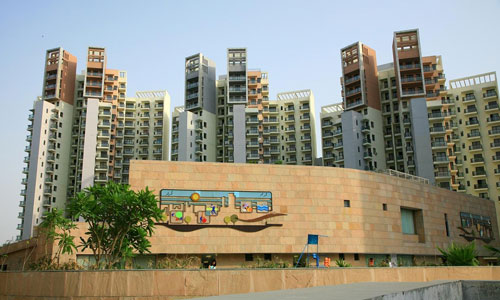
The combined net debt of India’s 11 listed developers rose 15 percent in the 12 months through June to 385 billion rupees, according to Mumbai-based Edelweiss Securities Ltd.
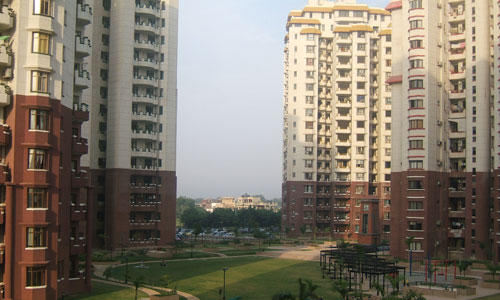
Macro level forecast suggests Asia in general, and China and India in particular, will continue to attract foreign direct investment (FDI) despite the slowdown as Europe and the US continue to grapple with economic problems of their own.
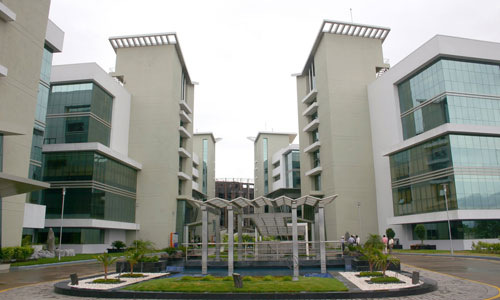
Market report has it that commercial realty is continuously going into red. A Report by the Royal Institution of Chartered Surveyors (RICS) suggests Indian commercial property market has lost momentum in Q3 with the capital values turning negative for the first time since 2009.

Amidst the turbulence of many of the world’s largest economies, particularly in western markets such as the US and European economies, the broader macro economic outlook in Asia is encouraging.

Economic growth and real estate performance are two significantly intertwined characteristics. It is widely accepted fact that demand for real estate space is drawn and influenced from economic environment.

Year 2011 was a challenging year for the Indian real estate sector. It was a year which brought to the mainstream need for policy level changes.
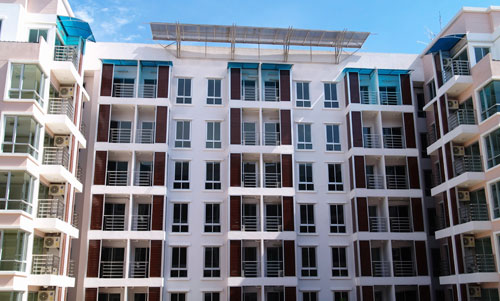
For how long can Indian real estate remain in a state of denial? It is time to get realistic with the ground realities that suggest pre-2007 days are over.
